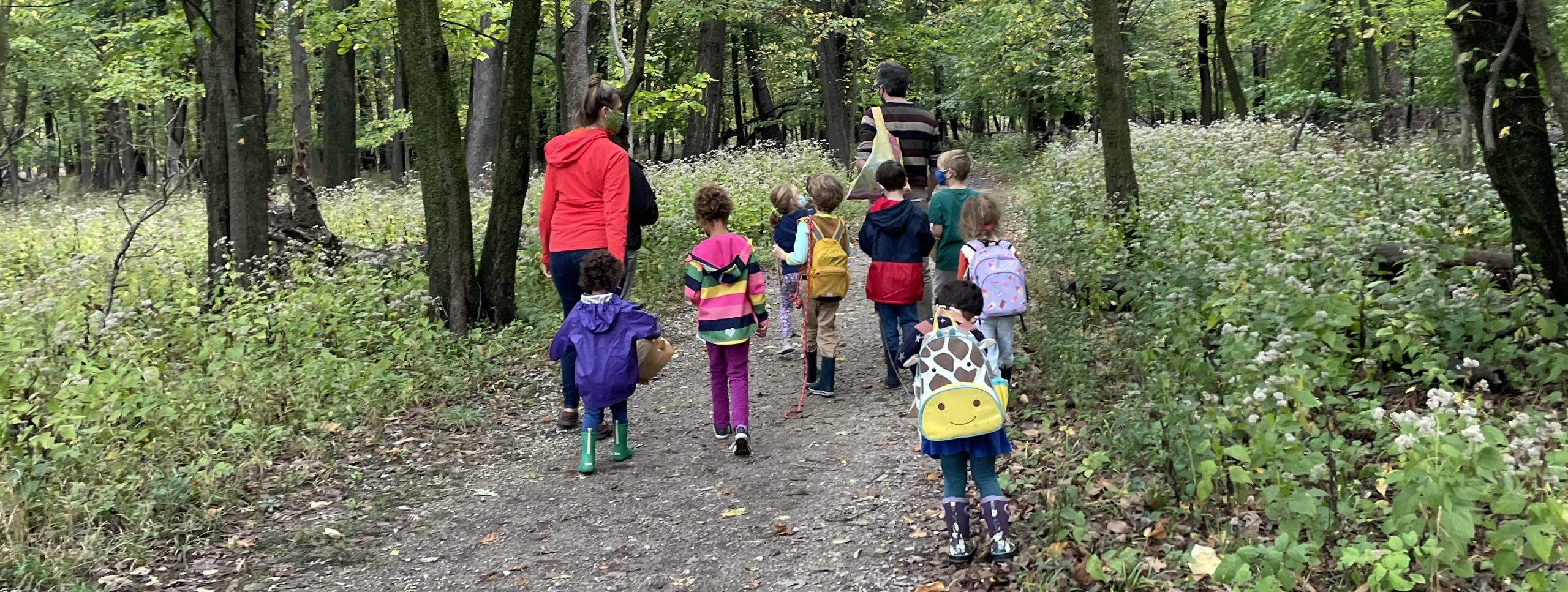This week began with a story Nat. Geo Kids “Jump Into Science: Rocks & Minerals.” Thanks to all my helpers (Griffyn, Mike, Nicole, and my normal helper Kathy) we had the tables prepped with supplies. The book explained how the elements that make up a rock you pick up today were formed 4.5 billion years ago. We also learned how there are 3 main types of rocks. Sedimentary rock: are made of tiny pieces of rocks that broke off from larger rocks, sand, pebbles or mud that are then carried down rivers or streams and collect to form a solid layer at the bottom of these bodies of water. (ex. limestone & sandstone) Metamorphic rock: are rocks that have changed their form deep inside the earth where they get heated and squeezed by the rocks around them. (ex. gneiss & schist) Igneous rock: form as hot liquid rock, called magma, cools off. (ex. granite & quartz)
After we had that background knowledge, we attempted to make these types of rocks with crushed up crayons. First we tried sedimentary, we put bits of crayon in tin muffin cups and squeezed them using our body heat and a little bit of pressure. We didn’t have much luck, but decided we may have more luck if it were a warmer day, we used more pressure, and had more time. Next we tried metamorphic rock, for this my trusty adult helpers had to keep the tiny fingers away from the boiling water, which was no easy task. We placed the cupcake tins in a cup of boiling water for 30 seconds. Then the adults pulled them out and once they cooled a bit the kids were able to use pressure (and heat) to make their metamorphic rocks. Some were slightly successful, but for most of us it was only a little better than our attempt at sedimentary rock. Next we tried igneous rock, this time leaving the tins in the water for 5 minutes. This one proved to be not as successful as Pinterest would have lead me to believe. We tried the igneous one more time, this time with fresh boiling water. The results were much better. They were able to use their stirring straw to mix up the crayons to get the desired outcome.
Conclusions: what we’re finding in STEM is sometimes the experiments do not go as planned. So, being flexible and willing to change something we did to improve the results is key to success. For this particular experiment, we concluded that more pressure, more heat, and more time would help us.
Next week, we are going to continue learning more about rocks and minerals. So, if you want to send your kiddos with some rocks or minerals to identify that would be wonderful. Not necessary, but some mentioned they had rocks they wanted to share with the group. I am planning on bringing some in case not everyone has some to bring.

